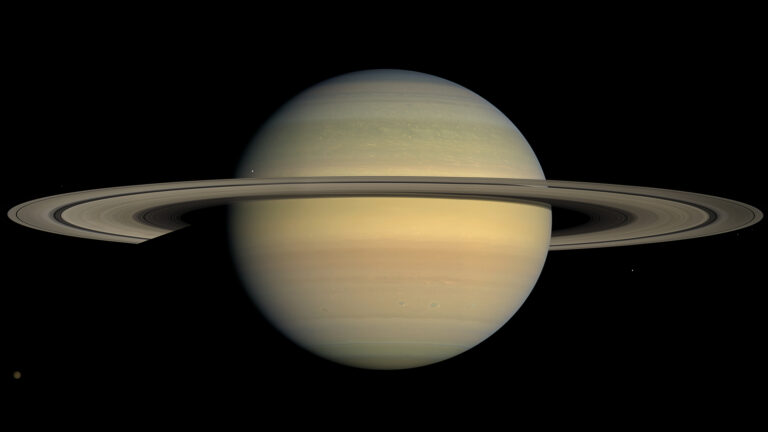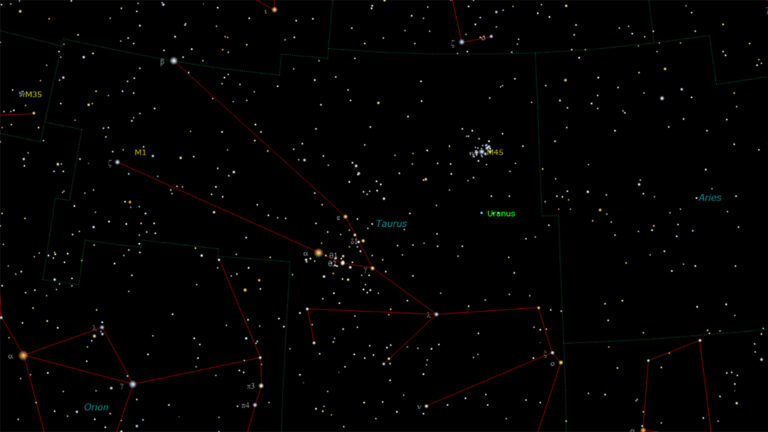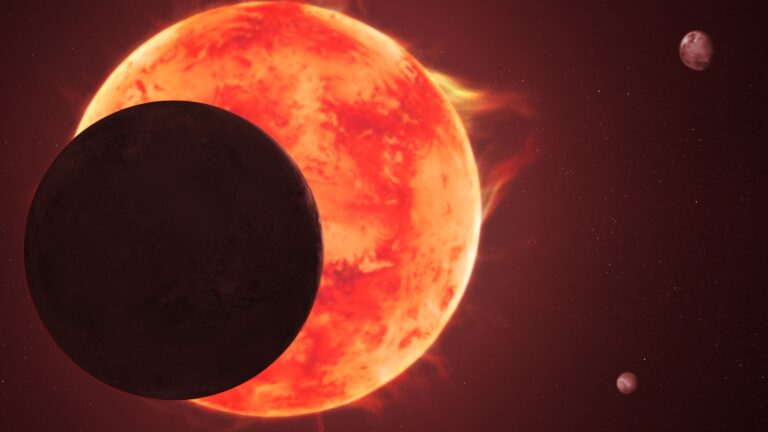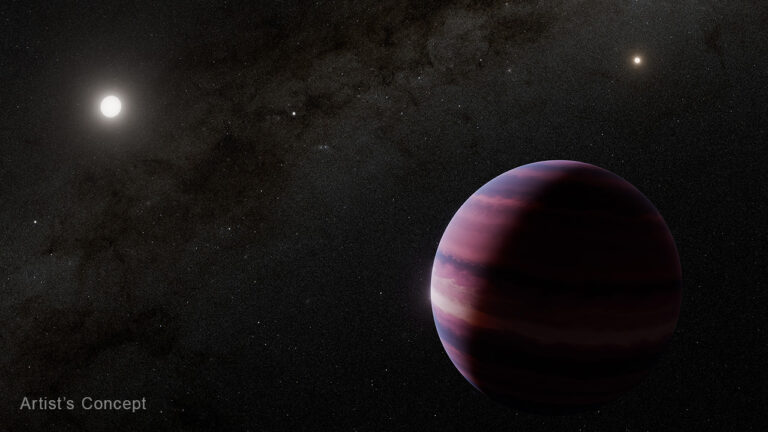Key Takeaways:
- The current tally of known exoplanets is nearing 1,000, indicating a significant population of "exotic beasts" that complicates the selection of top contenders.
- An extension to a prior list of notable exoplanets introduces five additional 'oddballs' deserving recognition for their unique properties.
- Among these, HD 80606 b is characterized by its extreme orbital speed, reaching 851,000 km/h (529,000 mph) at its closest stellar approach.
- WASP-17b is distinguished by its remarkably low density, which is approximately one-tenth that of water.
When Astronomy magazine compiled its list of the “Top 10 exoplanets,” we had no problem filling all the spots. In fact, it proved more difficult winnowing out the many worthy contenders. With the tally of known exoplanets now approaching 1,000, the number of exotic beasts in the exoplanet zoo easily surpasses 100.
We culled five more oddballs from the exoplanet menagerie to extend the list. You’ll meet HD 80606 b, which reaches a breakneck speed of 529,000 mph (851,000 km/h) when it swings closest to its parent star; WASP-17b, which has a density one-tenth that of water and would float in an ocean if you could find one big enough; and three other standouts. These five remarkable worlds certainly deserve a spot in any listing of fascinating, exciting, and intriguing exoplanets.










